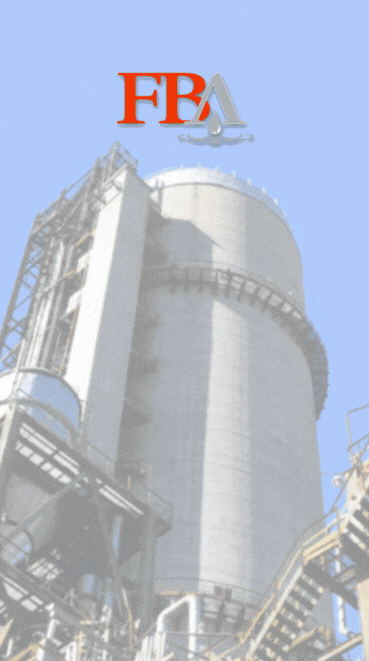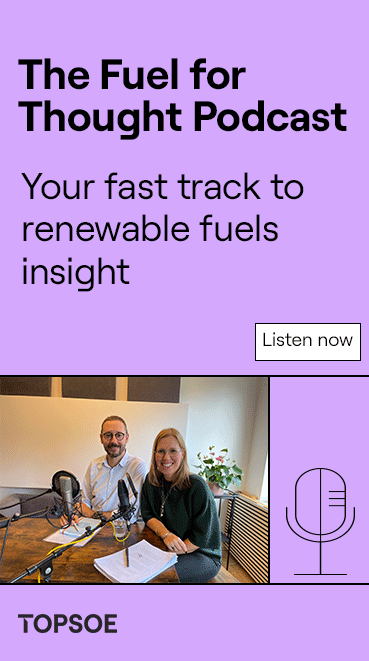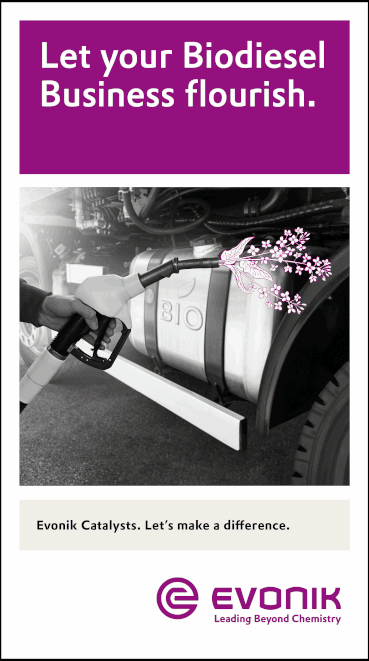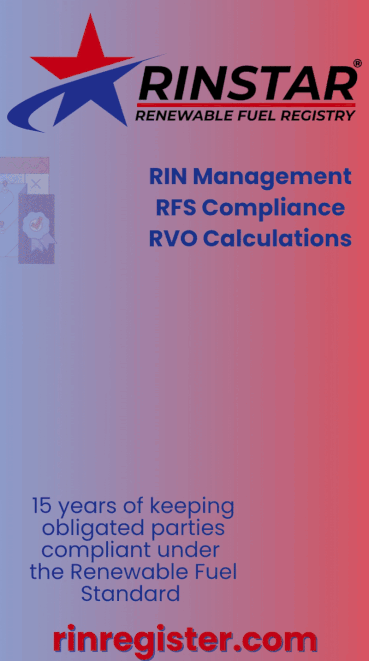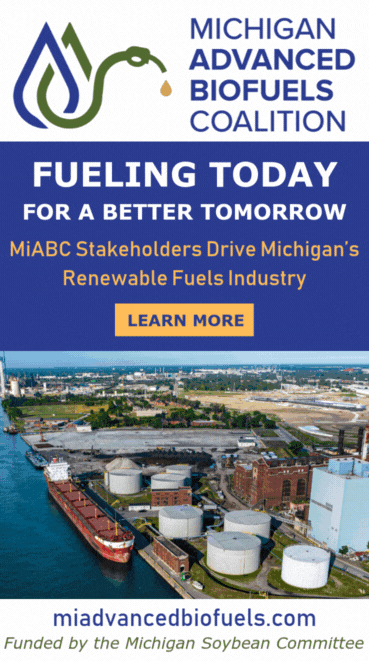Singapore blueprint to decarbonize aviation sector includes SAF requirement, levies and renewable diesel trial
- Civil Aviation Authority of Singapore
- Feb 20, 2024
- 3 min read

The Singapore Sustainable Air Hub Blueprint was launched Feb. 19 by Chee Hong Tat, Singapore’s minister for transport, at the Changi Aviation Summit.
The blueprint, developed by the Civil Aviation Authority of Singapore in consultation with industry and other stakeholders, sets out Singapore’s action plan for the decarbonization of its aviation sector.
It will be submitted to the International Civil Aviation Organization as Singapore’s State Action Plan later in February.
The blueprint adopts a balanced approach to the long term, sustainable growth of Singapore’s aviation sector, taking into account the need for environmental sustainability while ensuring that the Singapore air hub remains competitive.
It sets out Singapore’s medium- and long-term targets, as well as concrete steps that CAAS and the aviation stakeholders will take to decarbonize Singapore aviation.
Under the blueprint, CAAS will work with aviation stakeholders to reduce domestic aviation emissions from airport operations by 20 percent from 2019 levels in 2030 and achieve net-zero domestic and international aviation emissions by 2050.
To achieve these goals, 12 initiatives across the airport, airline and air-traffic management domains will be rolled out to decarbonize the Singapore aviation sector. CAAS will also put in place five enablers to create the conditions for the effective implementation of these initiatives.
CAAS will undertake four initiatives to build a sustainable aviation fuel (SAF) ecosystem to support the use of SAF in Singapore and to progressively decarbonize airline operations.
Of note, the use of SAF will be required for flights departing Singapore from 2026, and a SAF levy will be introduced for the purchase of SAF.
The use of SAF is expected to contribute around 65 percent of the carbon-emissions reductions needed to achieve net zero by 2050.
To kick-start SAF adoption in Singapore, flights departing Singapore will be required to use SAF from 2026.
The blueprint aims for an initial 1 percent SAF target to encourage investment in SAF production and develop an ecosystem for more resilient and affordable supply.
The goal is to then raise the SAF target beyond 1 percent in 2026 to between 3 percent and 5 percent by 2030, subject to global developments and the wider availability and adoption of SAF.
CAAS will introduce a SAF levy for the purchase of SAF to achieve the uplift target.
As the market for the supply of SAF is still nascent and the price of SAF can be volatile, Singapore will adopt a “fixed-cost envelope” approach to provide cost certainty to airlines and travelers.
The levy will be set at a fixed quantum, based on the SAF target and projected SAF price at a given time.
For example, the quantum of the SAF levy in 2026 will be set based on the volume of SAF needed to achieve a 1 percent SAF target and the projected SAF price in 2026.
The amount collected through the SAF levy will be used to purchase SAF based on the actual price of SAF at the time of purchase.
The SAF levy will not change, even if the actual SAF price differs from what is projected.
Instead, the actual uplift volume of SAF will be adjusted based on the predetermined SAF levy and prevailing SAF price.
The levy will vary based on factors such as distance traveled and class of travel.
As an indication, Singapore estimates that the levy to support a 1 percent SAF uplift in 2026 could increase the ticket price for an economy-class passenger on a direct flight from Singapore to Bangkok, Tokyo and London by around USD$2.23, USD$4.46 and USD$11.90, respectively. Passengers in premium classes will pay higher levies.
CAAS will continue its close consultation with stakeholders on the implementation of the SAF levy before announcing more details in 2025.
Other initiatives under the airline domain include the centralized procurement of SAF for the Singapore air hub, anchoring SAF production in Singapore and the region, and investing in airline-fleet renewal and operational improvements.
CAAS will also work with the Changi Airport community to expand the use of cleaner energy for airside vehicles.
In 2024, CAAS will work with stakeholders to commence a trial on the use of renewable diesel for airside vehicles, particularly heavy and specialized vehicles, to better understand the feasibility, cost and operational impact of using renewable diesel as a cleaner energy source for airside vehicles.
Another initiative will explore the feasibility of an on-site waste-to-energy facility for resource circularity.
“Singapore’s approach is to enable the aviation sector to achieve both growth and environmental sustainability, so that future generations can continue to enjoy the benefits of flying,” said Singapore’s transport minister. “The Singapore Sustainable Air Hub Blueprint demonstrates this balanced approach. The measures were developed after careful study and close consultation with domestic and international stakeholders, and we hope that they will help to catalyze the development of sustainable aviation in the region and around the world.”
To read an executive summary of the blueprint, click here.
The full blueprint can be downloaded here.







